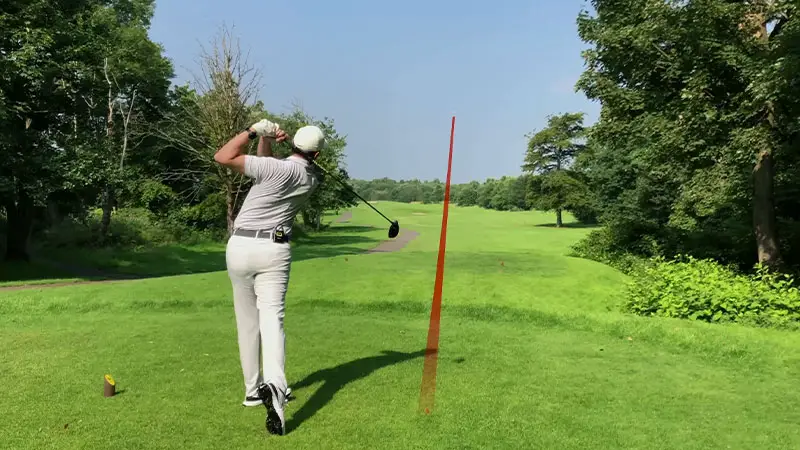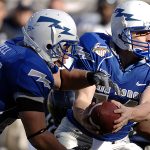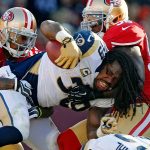Every golfer knows the frustration of a snap hook—a low, screaming shot that turns sharply left before it even leaves the tee box.
With clubhead speeds ranging from 85 to 100 miles per hour, it’s easy to see how a minor flaw in your swing can lead to this dreaded outcome. But what causes this sudden left turn?
Often, the culprit is a stalled turn combined with a failure to shift weight to the front foot during the downswing.
This is especially common on uphill tee shots or when nerves and fatigue set in. When the body stops turning, the clubhead whips past, causing the face to close and the ball to hook.
Understanding and correcting these mechanics can help you eliminate snap hooks and improve your overall game.
Snap Hooking with a Driver
What is Snap Hooking?
Snap hooking happens when the golf ball sharply hooks left for a right-handed golfer right after contact.
This undesirable shot occurs due to the clubface being significantly closed relative to the swing path during impact, causing high sidespin that makes the ball dive hard left.
- Stalled Body Turn: If a golfer’s body stops turning during the downswing, the clubhead whips past, causing the clubface to close prematurely. This often leads to a snap hook.
- Weight Transfer Issues: Failing to shift weight to the front foot during the downswing is another common cause. Without proper weight transfer, the clubface tends to close excessively.
- Uphill Tee Shots: On uphill tee shots, golfers might hang back to help lift the ball, disrupting their swing mechanics. This hesitation generally contributes to snap hooking.
- Nerves or Fatigue: Under stress or when fatigued, a golfer may not complete a full turn, leading to a closed clubface at impact and a snap hook.
- Swing Path Errors: An overly inside-out swing path, combined with a closed clubface, will likely result in a snap hook. Practicing a neutral takeaway helps maintain a more consistent swing path.
Understanding these causes helps in diagnosing and correcting the swing issues that lead to snap hooks, improving overall game performance.
Techniques to Correct a Snap Hook
Correcting a snap hook in golf can be challenging but with focused practice and adjustment to your technique, you can straighten out your shots. Here are some techniques to help correct a snap hook:
Adjusting Your Swing Path
Golfers can avoid snap hooks by ensuring a neutral takeaway during their swing. This involves moving the club back along the target line as closely as possible.
Proper rotation is crucial through impact and into the finish. If they stop turning their body during the downswing, the clubhead tends to close down quickly, causing the ball to veer left. Practicing a consistent and neutral swing path helps maintain the desired ball flight.
Correcting Grip and Clubface Control
Incorrect grip positions often contribute to snap hooks. For a right-handed player, a stronger grip means the left hand is rotated more to the right, and the right hand is positioned more underneath.
This alignment increases the chances of the right hand becoming overly active, closing the clubface at impact.
Golfers should review their grip with both irons and drivers to identify differences in hand positioning. Ensuring consistent wrist positions at address and the top of the backswing keeps the clubface under control.
Importance of Body Alignment and Ball Position
Proper body alignment and ball position play vital roles in avoiding snap hooks. Golfers should aim to align their bodies parallel to the target line.
Misalignment can cause compensations in the swing leading to hooks. Ball position should be forward in the stance but not excessively so, as this can influence the clubface angle at impact. Monitoring these aspects ensures a more consistent swing and helps prevent snap hooks.
Drills to Fix Snap Hooking
Fixing a snap hook in golf requires focused practice and drills to correct the underlying issues causing the undesirable shot pattern. Here are some effective drills to help you straighten out your shots and improve your ball flight
Swing Path Drill
A key element in fixing snap hooking is ensuring a neutral swing path. The swing path drill helps golfers understand where the club should travel to avoid hooks. Here’s how to perform the drill:
- Place a target stick or alignment rod on the ground, aiming slightly right of your target.
- Position another rod parallel to your stance, indicating the ball line.
- Practice swinging so your clubhead travels along the target rod’s direction during the downswing.
Practicing this drill with irons and drivers helps golfers recognize that hooks often result from an in-to-out swing path. Correcting this path minimizes the risk of the clubface closing prematurely.
Weight Transfer and Follow-Through Drill
Proper weight transfer and follow-through are crucial in preventing snap hooks. The weight transfer and follow-through drill focuses on shifting weight correctly during the swing. Follow these steps:
- Take a slightly narrower stance than usual.
- On the backswing, feel your weight loading onto your right side.
- As you begin the downswing, consciously shift your weight to your left side, ensuring your belt buckle faces the target.
- Follow through until the middle of your body faces forward, avoiding any tendency to hang back.
This drill encourages a full turn through the ball, crucial in preventing snap hooks caused by improper weight distribution and stalled body turn. Gradually increase your stance width as consistency improves to simulate actual playing conditions.
Strategies for Consistent Performance
Consistency in golf is the holy grail for players of all levels. Here are some strategies to achieve consistent performance on the golf course:
Monitoring and Adjusting Swing Mechanics
Monitoring swing mechanics is crucial for consistent driver performance. Pay attention to alignment and rotation during the swing, keeping the clubface neutral to prevent it from closing too quickly.
Ensure the body’s rotation continues through impact to maintain the club on the intended path. Adjust the ball position to the inside of the left heel, as placing it too far forward can lead to a closed clubface at impact. Consistency in grip across all clubs is also important to avoid shot inconsistencies.
Practice Routines for Stability and Control
Integrate specific drills into practice routines to enhance stability and control, using a 7-iron to focus on setup and aiming, then apply the same technique with the driver.
Practice neutral takeaway drills to prevent an overly inside path and include weight transfer drills to ensure proper shift during the downswing, avoiding snap hooks.
Utilize aids like HackMotion sensors to track wrist angles and make incremental adjustments, leading to more consistent drives. Regular practice of these techniques can reduce snap hooking and promote straighter drives.
Frequently Asked Questions
Why does my ball snap hook to the left with my driver?
A snap hook occurs when the clubface closes too quickly relative to the swing path, often due to a stalled body turn, improper weight transfer, or grip issues. Adjustments in swing mechanics, clubface control, and body alignment can help resolve this issue.
What are some drills to prevent snap hooking?
Try the swing path drill to promote a neutral path and the weight transfer and follow-through drill to ensure proper weight distribution. These drills help correct the mechanics that often lead to snap hooks.
How important is clubface control in preventing a snap hook?
Clubface control is crucial in preventing snap hooks. Ensuring the clubface doesn’t close too quickly relative to the swing path through proper grip and alignment is essential for consistent shots.
Can equipment like HackMotion sensors help in preventing snap hooks?
Yes, HackMotion sensors can track wrist angles and help make incremental adjustments to your swing, aiding in the prevention of snap hooks and promoting straighter drives.
What role does ball position play in snap hooking?
Incorrect ball position can lead to compensations in your swing, contributing to snap hooks. Proper ball positioning helps maintain consistent alignment and reduces the chances of a snap hook.
Conclusion
Snap hooking a driver can be a major hurdle for golfers but understanding its causes and implementing corrective techniques can significantly enhance performance.
By focusing on swing path adjustments grip and clubface control and proper body alignment golfers can minimize snap hooks.
Drills targeting these areas along with consistent practice and the use of aids like HackMotion sensors can lead to more reliable and straighter drives.
Keeping these strategies in mind will help golfers maintain a consistent swing and enjoy a more satisfying game on the course.








Colin McCarthy